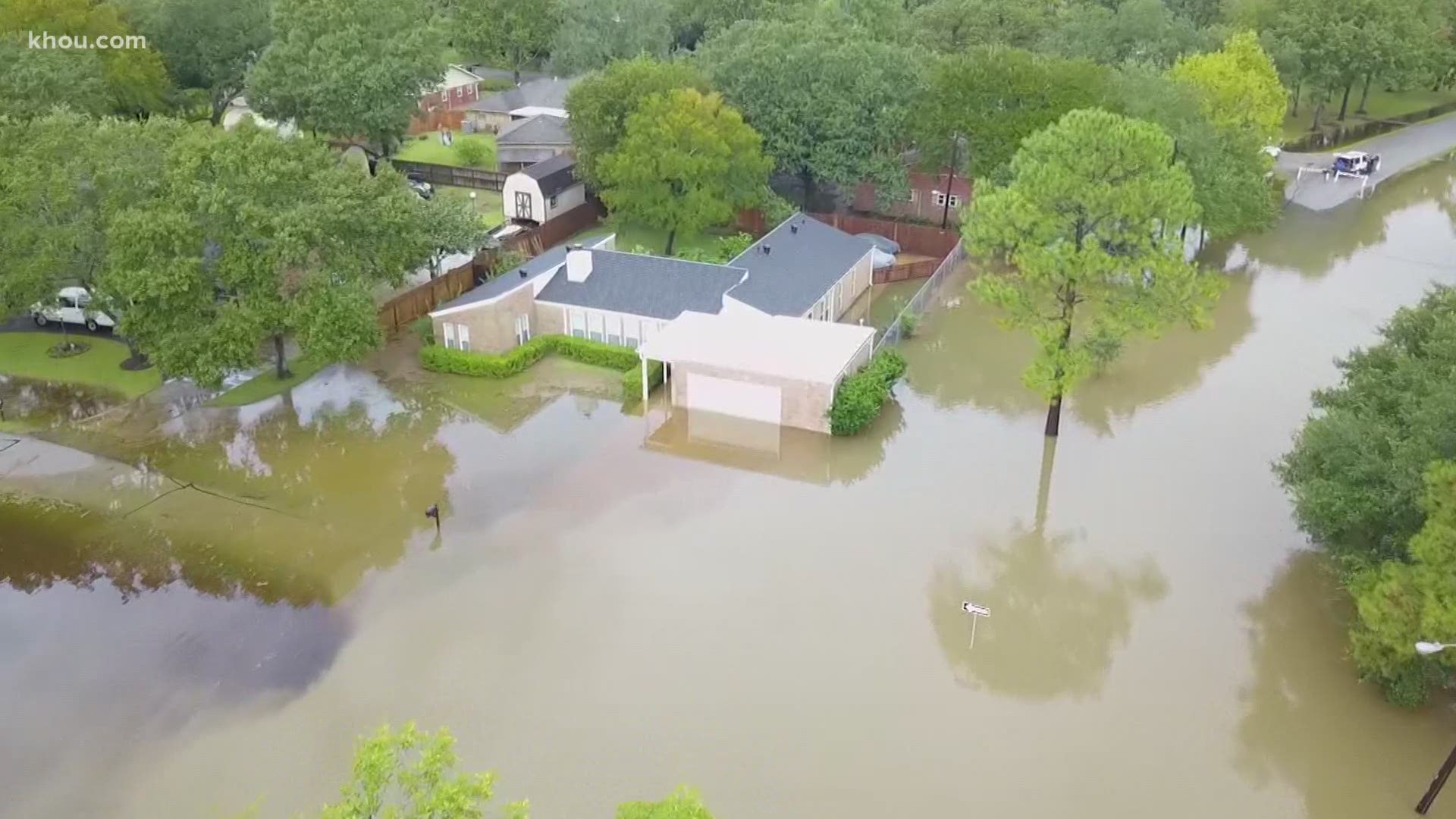
Many communities, including Houston, received more than 40 inches of rain in four days (isolated locations received over 60 inches) and the damages amounted to $125 billion.

However, the storm is much better known for the rainfall it dumped on the greater Houston area and southwestern Louisiana. Hurricane Harvey hit the eastern Texas Gulf coast as a category 4 storm, devastating coastal communities such as Rockport, to the west of Galveston.

As the video mentions, the bayous can serve to conduct water away from built areas and help reduce flooding, but they can also back up and overflow when a storm like Harvey occurs. The lack of comprehensive planning and zoning during those decades has led to a loss of natural, permeable surfaces and a growing propensity for flooded neighborhoods. It has seen a six-fold increase in population since 1960. The Houston Metropolitan area has more than 6 million residents, and its population is increasing. The other factor that makes Houston vulnerable to flooding is its urban sprawl. As the Washington Post video linked below explains, Houston is more at risk for rainfall and runoff flooding than storm surge flooding from the Gulf of Mexico, although the latter is not out of the question.

A glance at a map of Houston reveals a network of waterways – bayous - connected to the tidal water of Trinity and Galveston Bays. Houston’s topography and geography make it a very flood-prone city, as much of it sits in a sprawling floodplain.


 0 kommentar(er)
0 kommentar(er)
